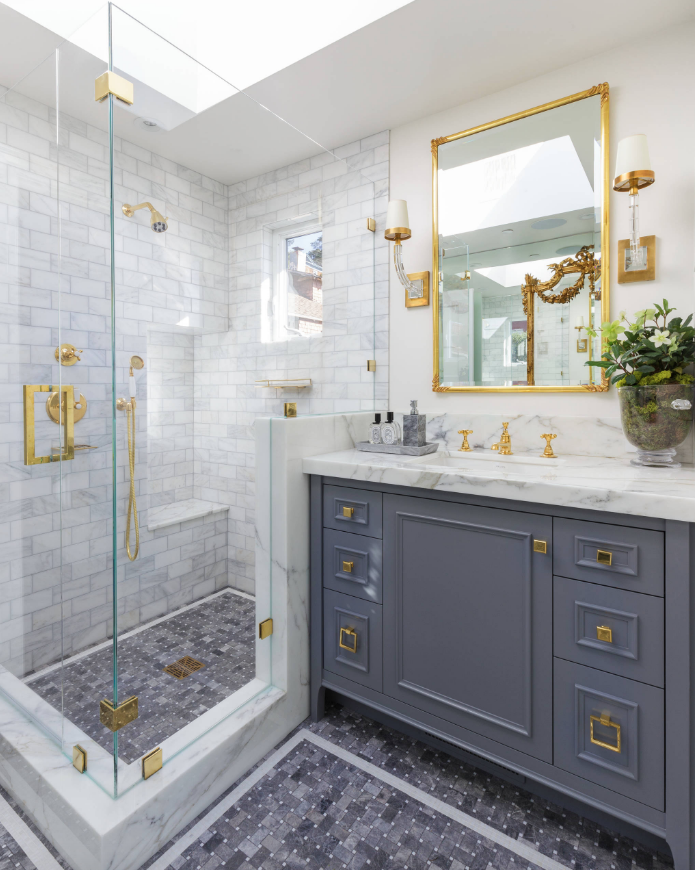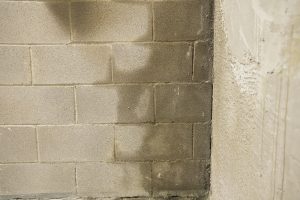Guidance for Identifying and Addressing Bathroom Water Leaks: Expert Insights
Guidance for Identifying and Addressing Bathroom Water Leaks: Expert Insights
Blog Article
On this page below you can get more quality additional info about Leaking Bathroom Repair Expert.

Bathroom leakages are annoying as they interrupt your day's strategy. They vary in seriousness depending on the resource of the leakage. You need to prioritize them, as they can rapidly get worse. It is an alleviation that most washroom leaks are very easy to discover and take care of, with marginal cost effects.
Having a water leakage in restroom can be demanding to the homeowner. However dealing with the leak becomes a very easy problem if you recognize what to do. So, this post is critical as a home guide to taking care of a water and also spotting leak in shower room. It does not replace the need for expert expertise. The post serves as a "first aid" when you require an emergency reaction to a water leakage in shower room.
Discovery and also Repair of Water Leak in Bathroom
Water leakage in washroom generally arises from pipes and also pipeline faults. There are numerous types of bathroom leaks. You might require a fundamental expertise of these leakage kinds to discover the water leak in restroom. Right here are the usual restroom leaks and also take care of pointers:
Clogged Bathroom Sinks
Occasionally, the water leak in bathroom results from sink blockages. It is easy to deal with clogs, and also you might not need expert skills.
What to Do
You can utilize a drain serpent to get rid of the particles in the drainpipe as well as let the stagnant water flow. Drain cleaners are also available in stores and also are simple to utilize.
Commode Leaks
In some cases, water leakages from the commode and also pools around the toilet base. It is an eyesore in the washroom and also requires prompt attention. Sometimes, it results from a loose connection between the commode and also the tank. This triggers water to trickle from the cistern to the floor. It might additionally arise from cracks in the toilet bowl or a faulty shut-off valve.
What to Do
You just need to tighten them if there are loose bolts between the cistern and toilet. Sometimes you may need to reapply wax on the gasket or call a restroom leakage specialist to change damaged or used parts.
Splash Leaks
These usually arise from water spilling on the shower room floor from the tub. It is a consequence of using an inadequate shower curtain or worn bath tub lining. It damages the restroom flooring and also may cause rot to wood floorings as well as shower room doors. The water normally pools around the bath tub or shower. This might result in even worse shower room damage without prompt handling.
What to Do
This restroom leakage is the simplest to repair. You just need to change the curtains or recaulk the bath tub or shower. If the leakage has harmed the shower room floor or door, you might need to transform these to avoid more damage. The good news is that you can include a pipes expert to aid with the shower room repair work.
Conclusion
Water leakages in the restroom are preventable events in the house. When they do, repair them without delay, or engage the services of an expert.
The post offers as a "initial aid" when you require an emergency situation response to a water leak in restroom.
Water leakage in shower room generally results from pipes and pipe faults. You may require a basic understanding of these leak types to find the water leakage in washroom. Occasionally, the water leakage in bathroom results from sink clogs. It harms the shower room flooring as well as might create rot to wooden floorings as well as washroom doors.
Tricks for Locating a Water Leak in Your Bathroom
Run a Test Using Your Water Meter
One of the clearest indications of a leak in your household is if there’s a sudden unexplained increase in the water bill. For the most part, your water usage shouldn’t change too much from month to month, so a sudden surge is a surefire warning sign.
For further evidence of a leak, Bob Vila recommends this simple test. First, "turn off all the water faucets in your home, and make sure the washing machine and dishwasher are not running." Go to your water meter and look over the reading. After two hours, see if there is a change in the reading. If there is, you've definitely got a leak on your hands and it may be coming from your bathroom!
Test The Toilet
Toilets are among the leading culprits when it comes to unexplained leaks. The rubber stopper (knowns as the flapper) that separates the tank from the bowl can become brittle over time, creating a leak. If you have a toilet that periodically runs on its own for a few seconds, this is probably why.
To confirm your suspicions, put a couple of drops of food coloring into the tank of the toilet. Return after a few minutes and check the bowl. If the dye has entered the bowl, then there’s a leak that should be repaired.
Check for Water Damage to The Walls and Ceilings
If you have a leak emanating from an upstairs bathroom, one of the first things you’ll notice is water damage on the ceiling of the room below. Watermarks and discoloration are clear indicators of leaks, but you might also notice flaking or peeling paint.
Remember: Water doesn't always follow predictable routes. So if you see water marks on the walls, those could also be the result of a leaky upstairs bathroom.
Be Aware of Musty Odors
When it comes to bathroom leaks, the nose often knows best. An undetected leak can go on for quite some time, resulting in the ideal conditions for mold and mildew. Mold has an unpleasant odor and is a sign that your home could be suffering from significant water damage. It’s also a health hazard, especially for those who suffer from respiratory illnesses and allergies, so it's important you have it remedied as quickly as you can.
Inspect Bathtub and Shower Seals
You might not see any leaks or notice any obvious signs of water damage, but it’s important that you look for gaps between the seals surrounding your shower, bathtub, and walls. These kinds of leaks may require extensive renovations if they’re not repaired promptly.
Any presence of moisture on the seals is indicative of a problem, as is peeling or bubbling paint on the bathroom walls. If you have vinyl flooring, be cognizant of curling or bubbles and soft spots in the wood beneath.
https://www.waterdamagerestorationaz.com/locating-bathroom-water-leak-tricks

I ran across that piece on How to Detect and Fix a Bathroom Leak when doing a search on the search engines. Are you aware of anybody else who is serious about the niche? Why not promote it. Many thanks for your time. Kindly stop by our blog back soon.
Recurring Service Plans Report this page